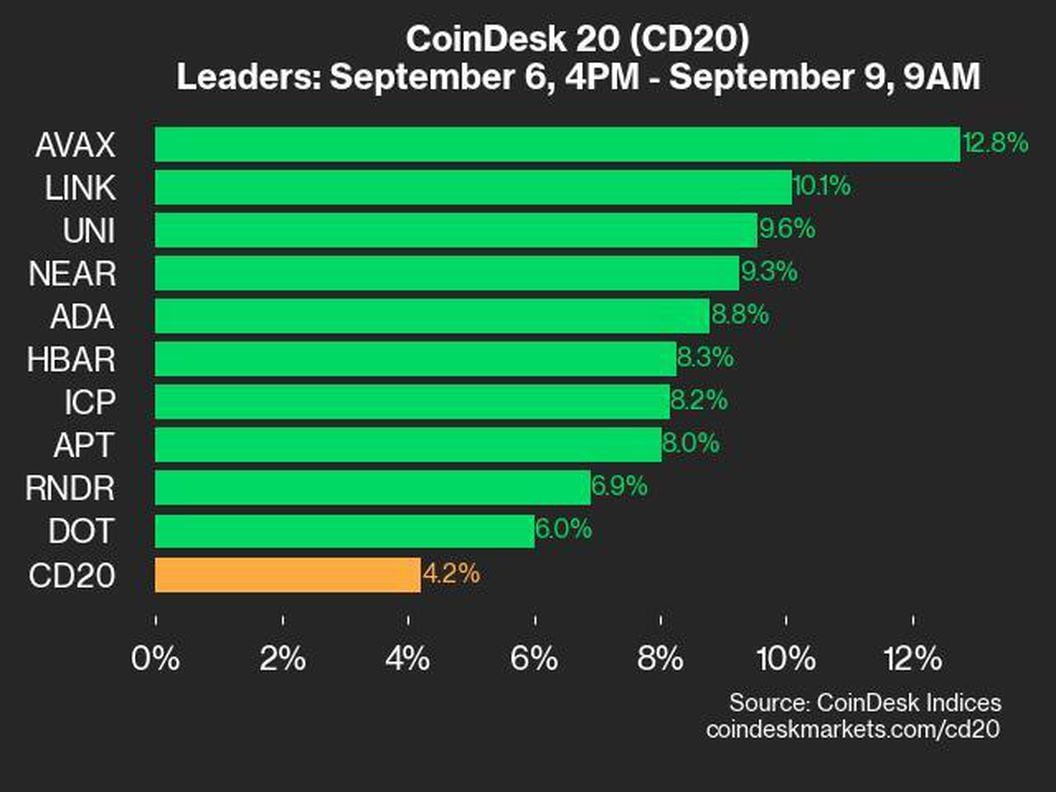(Bloomberg) -- An age-old market maxim looms over the bounce in US stocks: Sell in May and go away.
One of the best-known market trends, the “sell in May” effect is backed by decades of historical performance: Investing in a fund that debuted in 1993 and tracks the S&P 500 during the May-October period yielded a cumulative return of 171%, compared to a 731% gain for November-April, an analysis from Bespoke Investment Group found. The pattern last held from November 2023 to October 2024.
Seasonality is among a multitude of factors investors are crunching to get a read on how stocks might behave in coming weeks, even as their faith in many once-reliable indicators has been shaken by the unpredictability of President Donald Trump’s tariff policies. Taken alone, the old adage would argue against hopping on a searing rebound that has seen the S&P 500 recover 12% from its lows of the month. The index is still down 5.5% year-to-date.
“The scales are tipped in favor of the ‘May-Sellers’ this year,” said Tyler Richey, co-editor at Sevens Report Research, adding that the risks are skewed toward the S&P 500 suffering another big decline next month.
Meanwhile, a longer-term view illustrates the “sell in May” concept even more starkly: Investing in the S&P 500 in the May-October span over the last 74 years has garnered a cumulative return of just 35%, compared with an 11,657% gain during the other half of the year, an analysis from the Stock Trader’s Almanac showed.
The bounce in stocks will run a gauntlet of earnings reports and market data this week, culminating in Friday’s US employment report.
Some indicators have been flashing buy signs, including a plunge in investor sentiment earlier this month and the S&P 500’s close above the 5,500 level. That marks a 50% retracement of the index’s peak-to-trough decline, which some chart-watchers say indicates that investors are back to buying the dip.
Tough start
Seasonality paints a more cautious picture. While the pattern isn’t written in stone, the comparatively poor May-October performance of the S&P 500 has been more pronounced during years when stocks got off to a weak start. A fund tracking the S&P 500 averaged a decline of 0.4% in May-October during years when it started with negative returns through April, the Bespoke’s data showed. The fund — SPDR S&P 500 ETF Trust — is down 5.4% this year through Tuesday.
Richey also noted that the seasonal pattern is especially relevant in years when market volatility is elevated going into May. Though the Cboe Volatility Index has eased from multiyear highs hit earlier this month, it is still hovering around 25, compared to its long-term average of about 20.
One potential source of volatility could come around mid-year, as Trump’s pause on tariffs applied to nearly all US trading partners outside of China is set to expire in July. While such an outcome could bolster the track record of the “sell in May” trend, it would also offer further proof of how the twists of the global trade wars are likely the key driver for market moves.
“We are now in a tariff world. We are more held hostage to Washington and the tariff discussions than any seasonal trend,” said Jay Woods, chief global strategist at Freedom Capital Markets.
At the same time, most market observers would argue that the average investor is better off staying the course for the long haul than trying to time market moves.
Bespoke’s analysis found that simply buying and holding the SPDR S&P 500 ETF Trust since 1993 would have yielded a 2,100% return.





